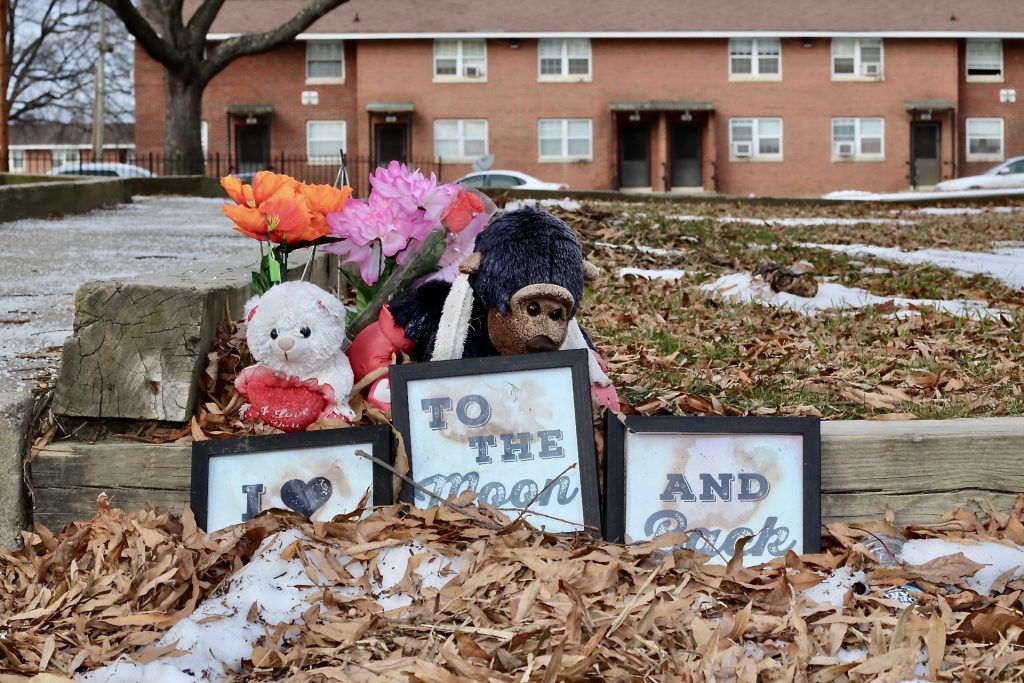Nearly 100,000 Virginia children live in high-poverty neighborhoods; that figure includes 15 percent of Virginia’s African American children, but only 2 percent of the commonwealth’s white children.
African American children are more than seven times as likely as white children in Virginia to live in “concentrated poverty” — neighborhoods where at least 30 percent of the residents are poor, according to census data compiled by a children’s advocacy group.
Growing up in high-poverty neighborhoods is “one of the greatest risks to child development,” say officials at the nonprofit organization Voices for Virginia’s Children.
The Annie E. Casey Foundation recently released a report showing that 91,000 children in Virginia live in concentrated poverty. That figure includes 2 percent of white children in the commonwealth but 4 percent of Latino children and 15 percent of black children.
Overall, 5 percent of Virginia’s children live in concentrated poverty. That is below the national average of 12 percent. But while concentrated poverty rates have fallen in most states in recent years, Virginia hasn’t seen any improvement, the study said.
“Children deserve to grow up in neighborhoods where they have the opportunity to thrive. This report shows us that current policies in Virginia are not benefiting all children equitably, and informs where we need to focus our efforts,” said Margaret Nimmo Holland, executive director of Voices for Virginia’s Children.
“One might think a strong economy would have a positive impact on all families, but we can see from the data that is not the case. Certain groups of children and their families are disproportionately left behind, so we need to target policies that will reach these children specifically.”
According to a news release issued by Voices for Virginia’s Children, children in high-poverty neighborhoods tend to lack access to healthy food and quality medical care, and they often face greater exposure to environmental hazards, such as poor air quality and toxins such as lead. When these children grow up, they are more likely to have lower incomes than children who have moved away from communities of concentrated poverty.
The report issued by the Annie E. Casey Foundation is titled “Children Living in High Poverty, Low-Opportunity Neighborhoods.” The report is part of a project called KIDS COUNT.

Children in concentrated poverty are a subset of all children living in poverty. In connection with the report, KIDS COUNT released data on the overall poverty rates for children in each state. The data was drawn from the American Community Survey conducted annually by the U.S. Census Bureau.
In Virginia, 28 percent of African American children and 9 percent of white children live in poverty, the data showed. For children of all races, the state’s poverty rate is 14 percent.
Nationwide, 33 percent of African American children and 11 percent of white children live in poverty. For children of all races, the national poverty rate is 18 percent. The rate had been decreasing since 2014 but stalled from 2017 to 2018.
The poverty level is based on income and family size. The poverty threshold for a family of four was $24,858 in 2017, the most recent year in the KIDS COUNT data set.
The states with the highest overall child poverty rates in 2017 were Louisiana (28 percent) and Mississippi and New Mexico (both 27 percent). Then came the District of Columbia and West Virginia at 26 percent.
The states with the highest rates of African American children in poverty were Louisiana (47 percent) and Mississippi (42 percent). Then came Ohio at 42 percent and Alabama, Michigan and Nevada at 41 percent.
The Annie E. Casey Foundation report said it is important to tackle the problem of concentrated poverty. The problem is especially prevalent in urban areas. About 23 percent of children in cities live in high-poverty neighborhoods, compared with 5 percent of children in suburban communities.
Getting children out of concentrated poverty pays off.
“Children under age 13 who moved from low-income neighborhoods to more affluent communities had higher incomes as adults compared to peers who remained in impoverished areas,” the report stated. It urged governments to:
- End housing discrimination against people who have been incarcerated.
- Support subsidies and other incentives for developers to expand the number of affordable housing units.
- Provide incentives to large community institutions, such as hospitals and universities, that hire and purchase locally and contract with businesses owned by women and people of color.

Philip Tegeler, executive director of the Poverty and Race Research Action Council, said public education also is part of the solution.
“Ensuring that children are in a safe community with access to a high quality school — these are important goals to help children escape from poverty,” Tegeler said. “The educational disadvantage that is associated with high-poverty neighborhoods is possible to overcome, but very difficult.”
Tegeler said concentrated poverty resulted from “a long history of intentional segregation.” He blamed “municipal fragmentation” and the way land use, schools, and taxation were used to separate communities by income.
Nationwide, 13 million children live in poverty, with 8.5 million in concentrated poverty.
“It’s important to recognize that children are only young once, and there’s only a few pressing years we have to really help children realize their potential,” Tegeler said.
Written by Emma Gauthier, Capital News Service. Top Photo by Landon Shroder, from RVA Mag archives



